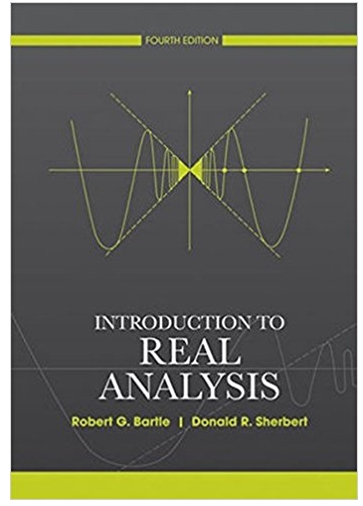Answered step by step
Verified Expert Solution
Question
1 Approved Answer
Consider M(x, y) + N(x,y)=0. (a) Suppose we can find a function F = F(x,y) so that F, = M and F, N. Give

Consider M(x, y) + N(x,y)=0. (a) Suppose we can find a function F = F(x,y) so that F, = M and F, N. Give an example of such an equation and solve it. (b) Suppose we can find functions and so that (o)(r.) is an integrating factor that transforms the given equation into an exact equation. What must be true about M and N? (c) Continuing from part (b), suppose we can find functions and so that (o)(x, y) is an integrating factor that transforms the given equation into an exact equation. Construct a differential equation with respect to to solve for p. (d) Using the ODE with respect to u in part (c), given p(a) Ho, when does a unique solution exist? (e) Construct an example of an equation that can be solved using an integrating factor of the form found in part (c). Solve this equation. (f) Summarize the class objectives or topics that were assessed in this exercise. Are any of these exercises extensions of past activity exercises? If so, name them and explain the connection. Is there a "bigger picture" behind any of these exercises? If so, explain. Why do you think I'm interested in reading your responses to each of these questions?
Step by Step Solution
★★★★★
3.47 Rating (154 Votes )
There are 3 Steps involved in it
Step: 1
a An example of such an equation is Mxy x2y and Nxy xy2 Then we can choose Fxy x2 y2 It can be verified that FM Fx2y and FN Fxy2 To solve this equation use the method of exact differential equations w...
Get Instant Access to Expert-Tailored Solutions
See step-by-step solutions with expert insights and AI powered tools for academic success
Step: 2

Step: 3

Ace Your Homework with AI
Get the answers you need in no time with our AI-driven, step-by-step assistance
Get Started


